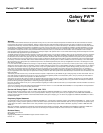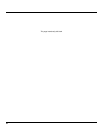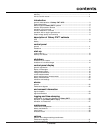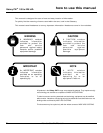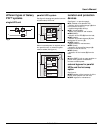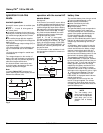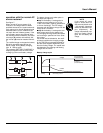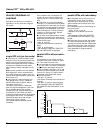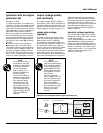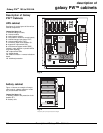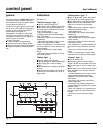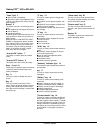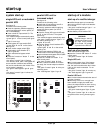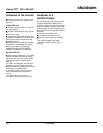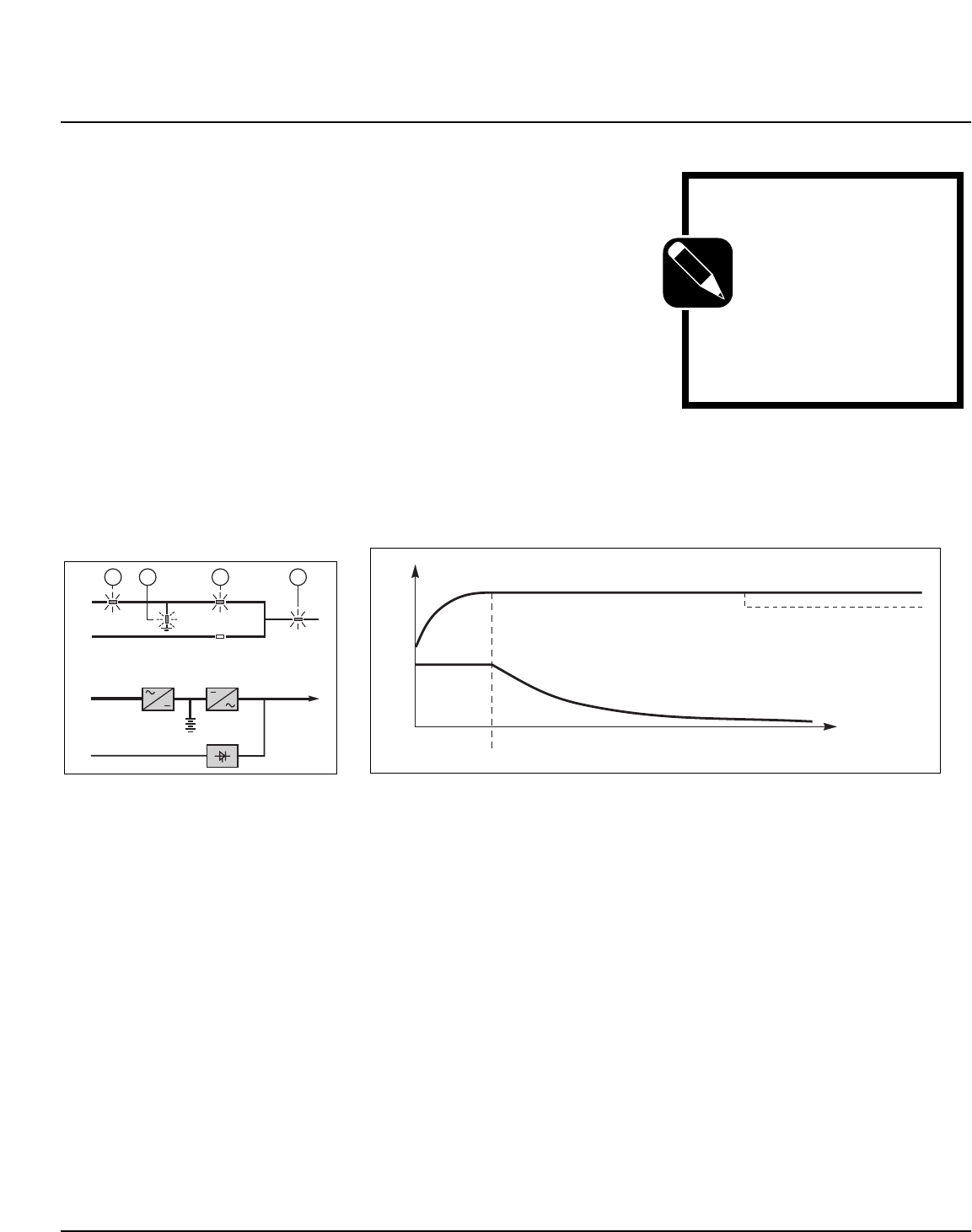
7Introduction
operation with the normal AC
source restored
See figure 7.
When normal AC source power (1) is
restored or its voltage returns to within
specified tolerances, the system automati-
cally returns to its normal operating mode
described above (on the condition it did
not reach the end of battery power). If the
end of battery power was reached (with
the resulting inverter shutdown), the rectifi-
er/charger (A) restarts automatically, but
the inverter (B) must be restarted manual-
ly.
The rectifier/charger recharges the battery
(D) which was discharged during the
mains outage. During battery charging,
light 2 flashes green.
The message "BATTERY CHARGING" is
displayed, together with the value of the
recharging current and battery voltage.
The battery charge cycle takes place in
two steps (see figure 8):
■ step 1: the battery is recharged at a
constant current limited to 0.1C10 (i.e.
1/10th of the battery capacity specified for
a 10 hour discharge). The DC voltage
increases with the battery charge until the
charge level is reached;
■ step 2: the battery is recharged at con-
stant voltage equal to the charge level.
The charging current gradually decreases
until reaching a specified low value (float-
ing current).
For vented lead-acid batteries, the rectifi-
er/charger supplies the charging voltage
for 0 to 255 hours (parameter defined by
the after-sales support department) and
then the floating voltage. For sealed lead-
acid batteries, the charging and floating
voltages are the same.
Battery charge cycle
Fig. 8
NOTE
If the normal AC source
failure is shorter than 0 to
255 seconds (default value
= 30 seconds) (parameter
defined by after-sales sup-
port department), the
charger automatically sup-
plies the floating voltage
given the low battery dis-
charge.
1
2
AB
C
D
2
1
4 521
U/I
current
limiting
0,1 C10
constant voltage
decreasing current
voltage
current
t
U charge/floating
(sealed batteries)
U "floating"
(vented batteries)
Fig. 7
User’s Manual



